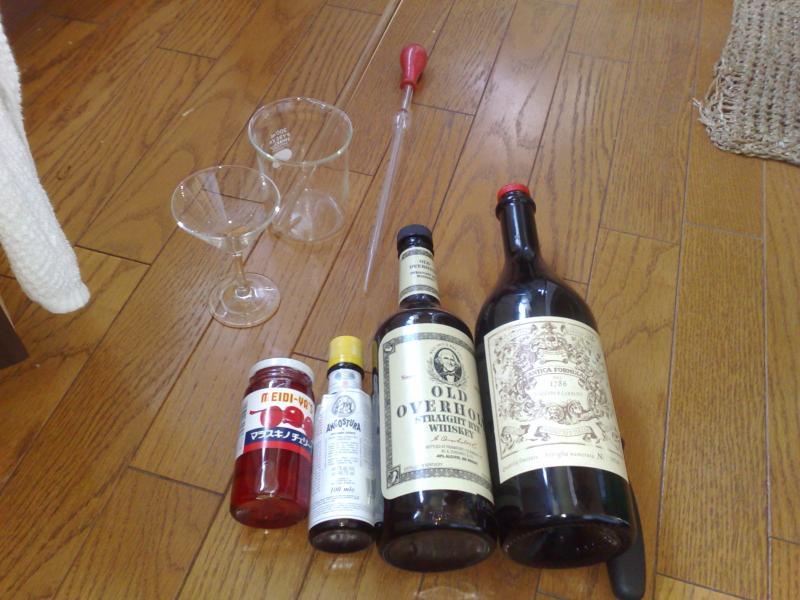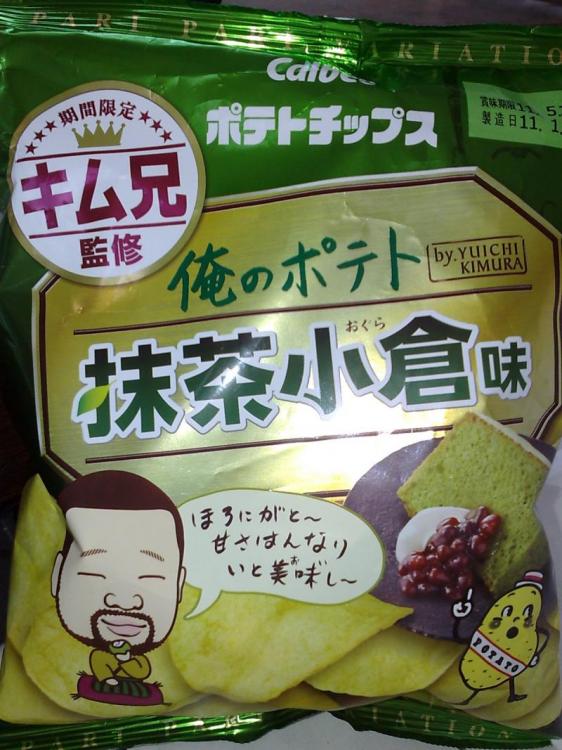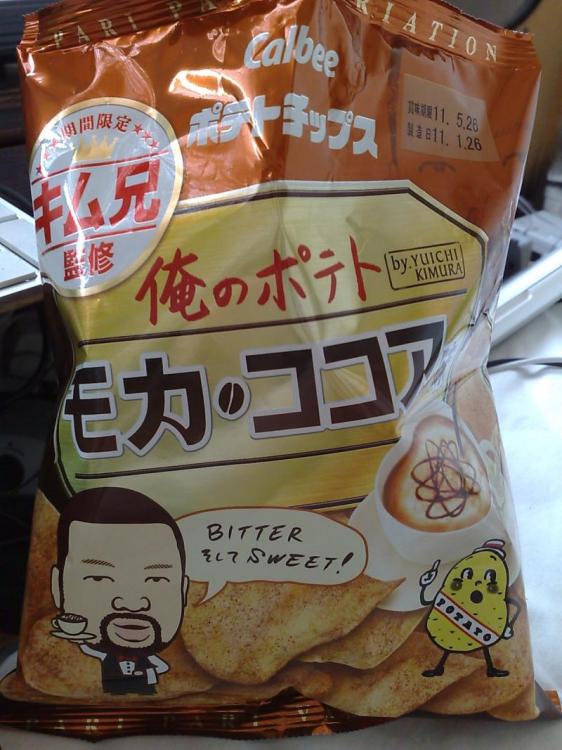-
Posts
609 -
Joined
-
Last visited
Content Type
Profiles
Forums
Store
Help Articles
Everything posted by _john
-
Japan: 4 cooks, and 2 servers. 10 counter seats, 14 seats in the tatami room. the lowest cook also does the dishes. prep from 10am to usually around 3:30pm, nap, open at 5pm. last order 10:30. clean and leave around 11pm. usually two turns.
-
-
What is the current zeitgeist of chef and cook stereotypes? A lot of things have changed from the times of curly mustaches, accents, stovepipe toques and drinking problems. Which of the current stereotypes actually hold some truth?
-
I have been to a few. After you are introduced to the restaurant by a regular customer in good standing then you can make reservations, usually by saying "I was brought by so-and-so". If you are wondering what happens if you just barge into such a restaurant without knowing the system they will usually politely tell you that they are fully booked even if they are not. The advantage of going to such a restaurant is that the quality of the customers is guaranteed. This allows the atmosphere of the restaurant to be controlled. The other advantage is that they know what you like and dislike and because you are obliged to make a reservation they will usually prepare something special for you.
-
Canned sardines in olive oil. The ones from Tunisia and Spain are good and cheap (less than $1 per can). make sure to check the ingredients. Sardines, olive oil, salt. You haven't had canned sardines until you try the Japanese ones. Meji-ya's canned sardines are great. they come with a bay leaf cut into a square shape.
-
the reason to get an induction burner: getting things to the boiling point really fast. that being said make sure to get a burner with 2Kw output or higher. The fan and beeping noises made by the unit can be really annoying. there are not a lot of places you can "try before you buy" so beware.
-
Does anyone know the exact recipe for the vanilla ice cream that Blumenthal introduces in the ice cream episode of his "kitchen chemistry" series? I am looking for his ice cream base recipe, not the bacon or pistachio one.
-
I sometimes use tomato leaves as an herb for their wonderful savory smell. Does anyone else use them in their cooking or know of any recipes? I know that the tomato plant is in the nightshade family and the leaves and stems contain alkaloids that toxic to humans and animals*. Here is what the Curious Cook has to say about them in the New York Times. *Use common sense please, "at least one death has been attributed to tomato leaf tea". I am not recommending their consumption.
-
I always start with nothing and buy things as I need them. I always buy the smallest amount and write the date I bought it on it. having nothing in the pantry and refrigerator actually makes me feel that I have many more possibilities. Throwing something away is a shame and I try to avoid it at all costs. I have a very small refrigerator and a small chest freezer. Using the freezer effectively is one of the most important things.
-
Prices are up only slightly and everything we need is available. The main impact is on the morale of the people at the market. Last week there was no good fresh squid but it might have been unrelated.
-
I think that there is probably a sweet spot between expensive and cheap. For example if you pay what you want for a doughnut the difference between 50¢ and 75¢ is large. The difference between $150 and $160 for a meal seems to be less significant.
-
Open price. Suggested price. Donation based. Pay what you want. Pay what you think it is worth. I am really intrigued with this idea. What do you think about the idea from the perspective of the owner and customers? Is there a successful model? Is it just an annoying trend? I live in Japan. A menu with no prices certainly does not mean pay what you want. You better be willing to pay anything for the experience (at least once ). but that's another topic... some links: Pay-What-You-Want Has Patrons Perplexed Pay What You Want Cafe ("suggested price" example)
-
2 gas, one high power, 2 induction both 3kw.
-

Storing rice as brown rice and polishing before cooking
_john replied to a topic in Japan: Cooking & Baking
thanks for the great reply Helen. I'm looking for information about polishers now online. Read quite a bit about "why" in Japanese today, starting to see the advantages. p.s. I hope everyone is ok after the earthquake/tsunami today. I, of course, was cooking a the time. In Osaka there was just mild swaying for a few minutes. -
Some restaurants store their rice as brown rice and polish it with a polishing machine before cooking it. This seems to be associated with making the best quality white rice but I don't see the advantage. How can you store brown rice for one year without it going rancid? What is the advantage over pre-polished rice? If this really is the best way to make rice can someone help me understand the differences in cooking freshly polished rice and the system of storing it? Is there a huge difference between consumer rice polishing machines? Thank you.
-
I experimented with cooking rice in the oven verses on the stove top and in a dedicated rice cooker. Each requires different technique but if you execute the technique properly the results are the same. This applies to japonica.
-
japan centric but... stir fried bean sprouts 30¥ okara (the solids left over when making tofu/soy milk) 0¥ cold tofu with soy and ginger 13¥ noodles of many varieties 19¥ I don't know if there are supermarkets this cheap in eastern Japan. I've heard that this is a western Japan phenomenon.
-
For those who don't want to water extract the kombu overnight I recommend bringing it to a boil with the water over a span of 10 minutes. This takes some experimentation but the closer you can get the rise from ambient temperature to boiling to 10 minutes the better. There is a flavor difference between boiling and water extracting but unless you are using very high quality kombu I don't think you will be able to tell the difference in anything but a clear soup. Doing it overnight saves you 10 minutes in one place and loses you 12 hours in another.
-
if you use dashi every day it is very easy to get a system going for perfect results. for "household use dashi" I recommend weighing your water at room temperature. Add 1% of the water weight worth of kombu and let it steep overnight. In the refrigerator if possible. Remove the kombu and bring to a boil. Skim any foam and turn off the heat. When the kombu dashi reaches around 180°F (83°C)add 1% of the total weight of the water worth of katsuobushi and let it steep until the katsuobushi sinks (usually less than a minute). Strain through a fine strainer, coffee filter is best, and let it cool. 1000g water + 10g kombu +10g katsuobushi for example. change the percentages to suit your tastes. On a side note I think it is wasteful and disrespectful to throw away the steeped kombu and katsuobushi, especially in a professional setting. I have two tupperware containers in my freezer where I freeze the kombu and katsuobushi. When the container gets full I make okaka or furikake from the katsuobushi and use the kombu for kobumaki, tsukudani, shiokombu, etc.
-
japanese restaurant in japan: dashimaki don't mess around
-
one word: platypus I use them as water bottles that fold up when you are done when them. I use them to hold oxygen sensitive stocks during service, squeezing out the air at the top. Lifetime warranty!
-
There are two ways to get it crispy. Air dry the skin, skewer, then grill. Second way: deep fry then grill. I like mine with salt. you can sandwich the skin between two sheet pans and bake it to make skin chips as well.
-
green tea and red bean potato chips mocha cocoa potato chips the mocha ones are really good. The green tea ones are note special. They just taste like sweet potato chips. These are both a collaboration with the food celebrity Kimura.
-
I could write a book about Japanese kitchen slang. I'll just give you one short example. When we run out of something it is yama meaning mountain. The opposite is kawa meining river. ex: One more portion of ayu and then it's yama! Naw bro we called the fish man and now it's kawa again.





